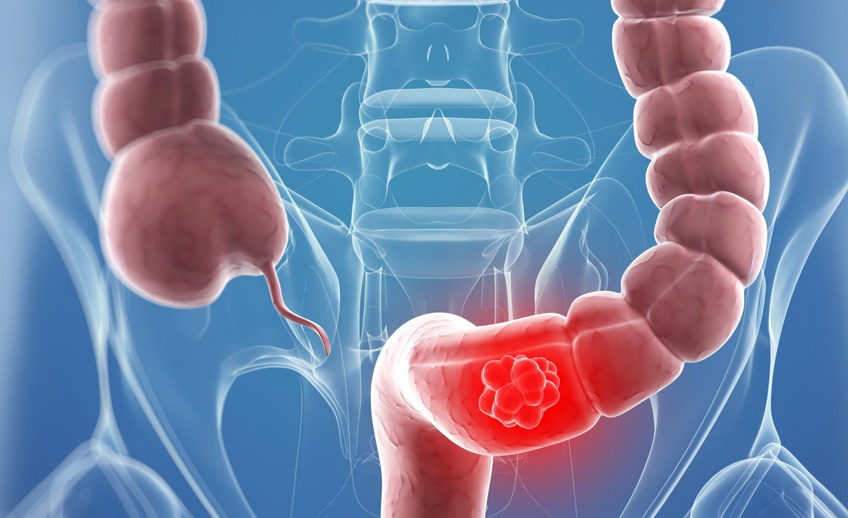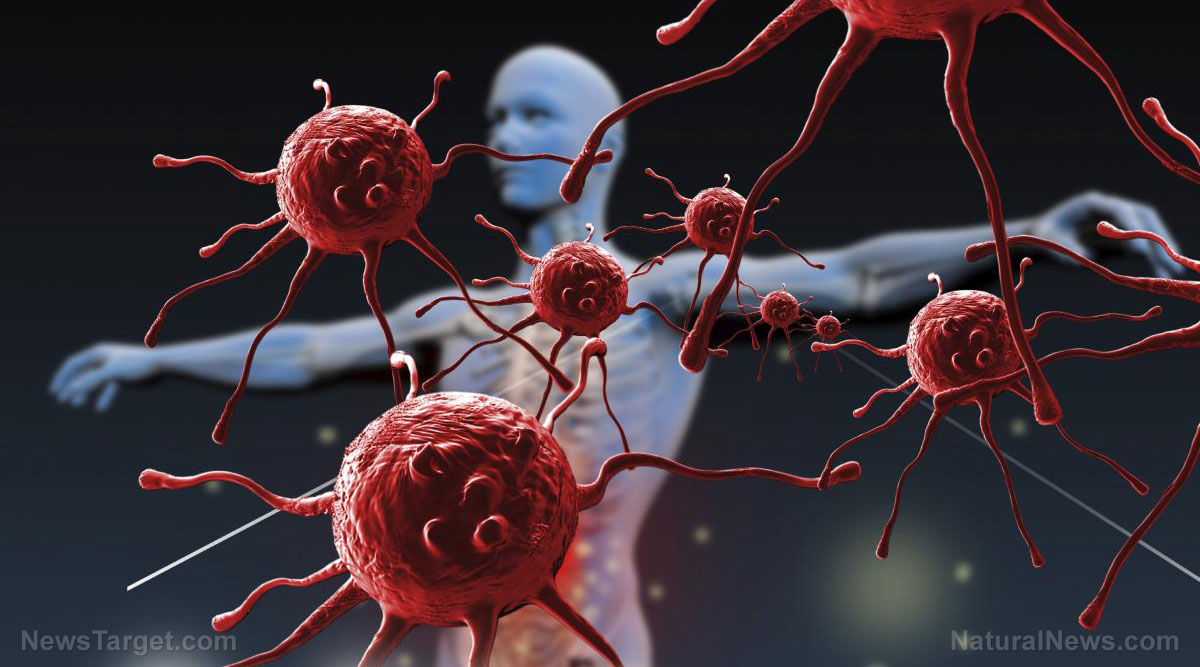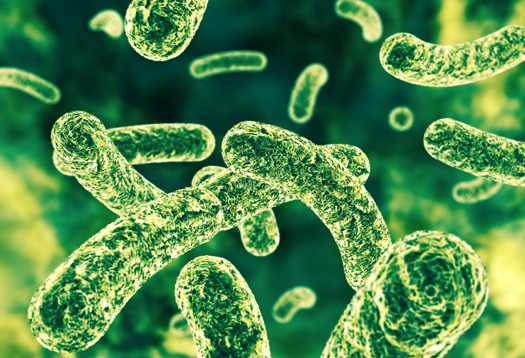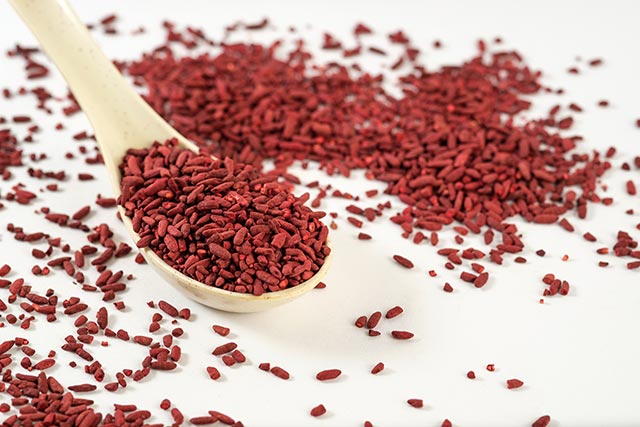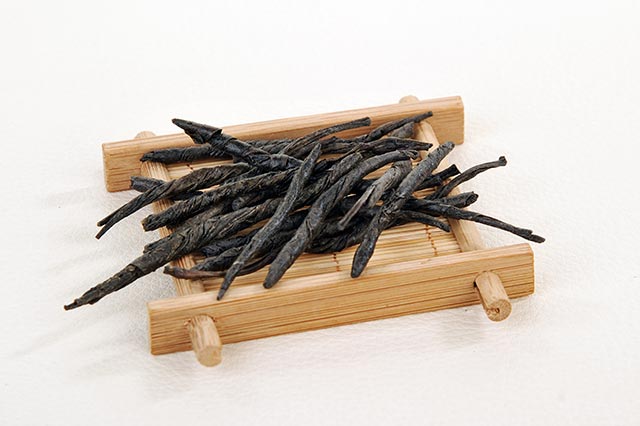Comparing the effects of green and ripe coffee on metabolic profiles post-exercise
11/06/2019 / By Evangelyn Rodriguez
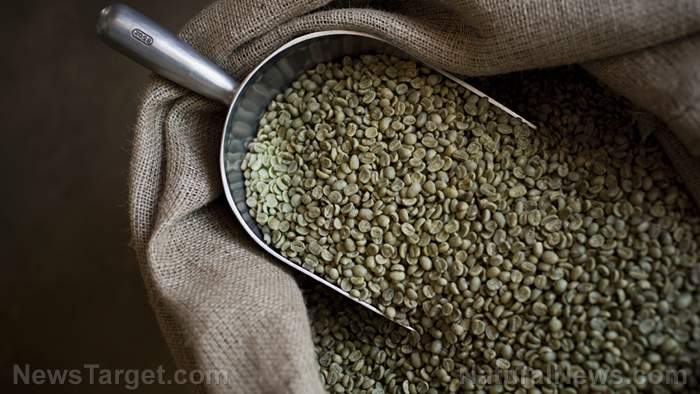
Researchers from the University of Marilia in Brazil evaluated the effects of using green and ripe coffee on the metabolic profile and muscular enzymes of Wistar rats after physical exercise. The results of their study were published in the Journal of Medicinal Food.
- According to many studies, plants can be used as alternative medicines for the prevention or treatment of various diseases.
- Green coffee, in particular, has various pharmacological effects. It can help regulate glycemia and lipid metabolism and prevent cardiovascular diseases.
- For their study, the researchers divided rats into six groups:
- G1, the control group
- G2, the swimming group
- G3, the green coffee group
- G4, the green coffee + swimming group
- G5, the ripe coffee group
- G6, the ripe coffee + swimming group
- The researchers found that the rats in G3, G5, and G6 all experienced a significant reduction in the percentage of visceral fat.
- However, they did not observe significant changes in glycemia, lipids, lactate dehydrogenase, the ferric reducing ability of plasma, and ferric-xylenol orange.
- Rats in G2 and G4 showed a reduction in creatine phosphokinase, but there were no significant differences in atherogenic indices.
Based on these results, the researchers concluded that consumption of green or ripe coffee can help reduce the percentage of visceral fat and consequently protect against complications that may arise once this tissue produces pro-atherogenic hormones. The researchers also believe that green coffee can protect against muscle injury caused by physical exercise.
Journal Reference:
Bosso H, Arantes GEPS, Barbalho SM, Guiguer EL, Maricelma Da Silva Soares De Souza, Bueno PCDS, Chies AB, Oliveira PBD, Mendes CG, Araujo AC. EFFECTS OF GREEN AND RIPE COFFEE IN THE METABOLIC PROFILE AND MUSCLE ENZYMES IN ANIMALS PRACTICING PHYSICAL EXERCISE. Journal of Medicinal Food. 15 April 2019;22(4):416–420. DOI: 10.1089/jmf.2018.0162
Tagged Under: alternative medicine, anti-obesity, brain health, coffee, fightobesity, fitness, food cures, food is medicine, heart health, natural cures, natural medicine, physical exercise, prevention, remedies, research, ripe coffee





